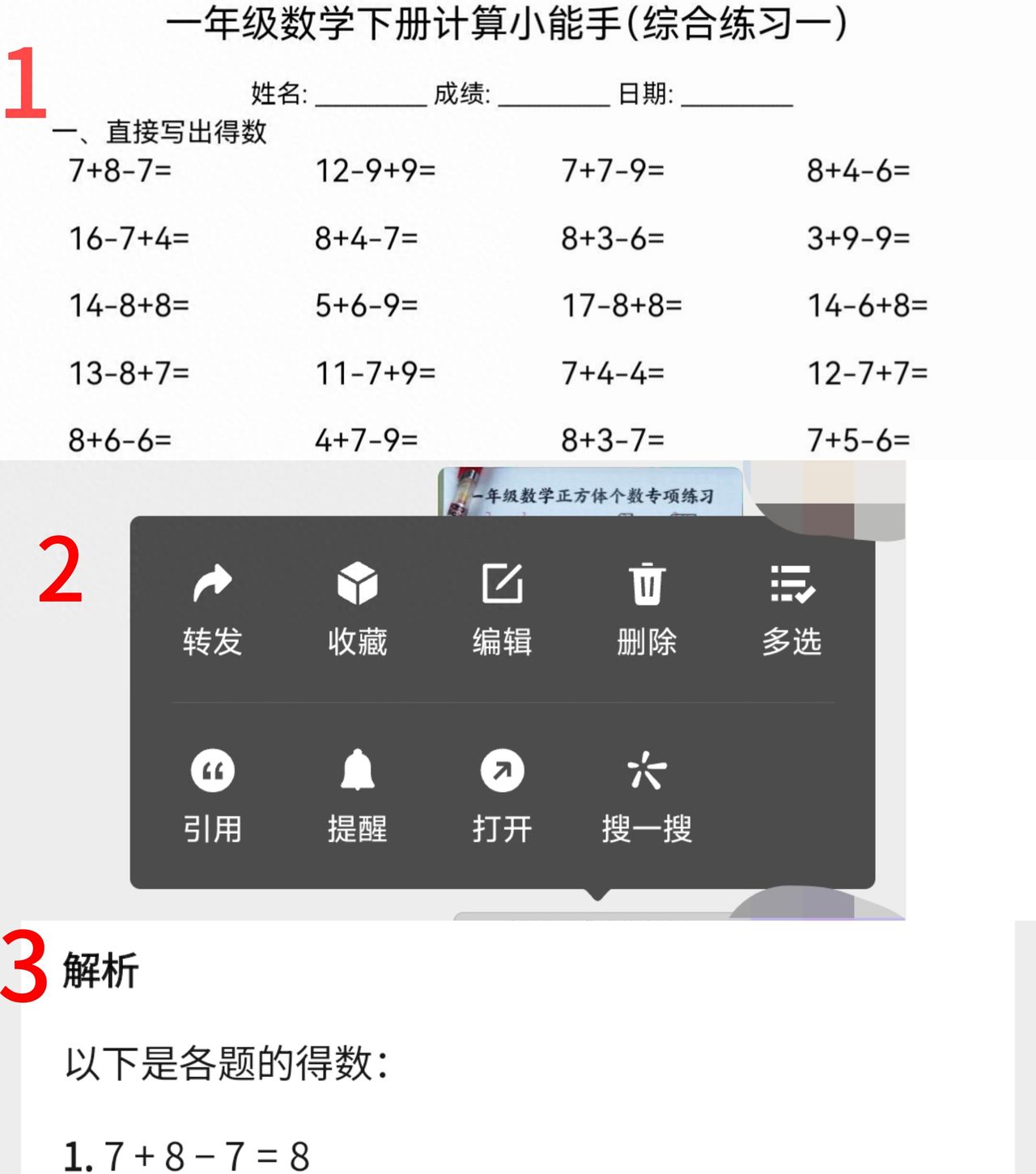某金融系统因基础编码不规范,导致系统性能下降40%!本文通过代码审查+性能分析,揭示foreach循环、字符串比较、资源关闭的隐藏陷阱,提供可立即落地的优化方案。
一、foreach循环的隐藏代价
实际性能测试数据(遍历100万元素ArrayList):
|
遍历方式 |
耗时(ms) |
内存开销 |
可读性 |
|
传统for循环 |
15 |
低 |
良 |
|
增强for循环 |
18 |
中 |
优 |
|
forEach+Lambda |
22 |
中 |
优 |
|
并行流遍历 |
35 |
高 |
中 |
问题代码示例:
// 反例:在循环内创建对象
for (String item : list) {
SimpleDateFormat sdf = new SimpleDateFormat("yyyy-MM-dd"); // 每次循环都创建
Date date = sdf.parse(item);
}
// 正例:对象提到循环外
SimpleDateFormat sdf = new SimpleDateFormat("yyyy-MM-dd");
for (String item : list) {
Date date = sdf.parse(item);
}优化方案:
// 1. 数组遍历用传统for
for (int i = 0; i < array.length; i++) {
process(array[i]);
}
// 2. ArrayList根据场景选择
// 需要索引时
for (int i = 0; i < list.size(); i++) {
process(list.get(i));
}
// 不需要索引时
list.forEach(this::process);
// 3. LinkedList必须用迭代器
Iterator<String> it = linkedList.iterator();
while (it.hasNext()) {
process(it.next());
}二、字符串比较的常见错误
equals使用陷阱:
// 错误写法:可能空指针异常
if (str.equals("constant")) { // 如果str为null则抛出NPE
// 业务逻辑
}
// 正确写法:常量放前面
if ("constant".equals(str)) { // 避免空指针异常
// 业务逻辑
}
// 最佳实践:使用Objects.equals
if (Objects.equals(str, "constant")) {
// 业务逻辑
}性能对比数据(1000万次比较):
|
比较方式 |
正常情况耗时 |
异常情况处理 |
推荐指数 |
|
str.equals() |
125ms |
NPE异常 |
⭐⭐ |
|
“constant”.equals() |
128ms |
安全 |
⭐⭐⭐⭐ |
|
Objects.equals() |
135ms |
最安全 |
⭐⭐⭐⭐⭐ |
三、资源关闭的正确姿势
try-with-resources优化:
// 传统写法:繁琐且容易遗漏
Connection conn = null;
PreparedStatement ps = null;
ResultSet rs = null;
try {
conn = dataSource.getConnection();
ps = conn.prepareStatement(sql);
rs = ps.executeQuery();
// 处理结果
} finally {
if (rs != null) try { rs.close(); } catch (SQLException e) { log.error(e); }
if (ps != null) try { ps.close(); } catch (SQLException e) { log.error(e); }
if (conn != null) try { conn.close(); } catch (SQLException e) { log.error(e); }
}
// 现代写法:自动资源管理
try (Connection conn = dataSource.getConnection();
PreparedStatement ps = conn.prepareStatement(sql);
ResultSet rs = ps.executeQuery()) {
// 处理结果
} catch (SQLException e) {
log.error("数据库操作失败", e);
}资源泄漏检测工具:
// 自定义资源跟踪器
public class ResourceTracker {
private static final Set<AutoCloseable> OPEN_RESOURCES =
Collections.newSetFromMap(new WeakHashMap<>());
public static <T extends AutoCloseable> T track(T resource) {
OPEN_RESOURCES.add(resource);
return resource;
}
@Scheduled(fixedRate = 30000)
public void checkLeaks() {
OPEN_RESOURCES.removeIf(resource -> {
try {
// 尝试判断资源是否已关闭
return resource == null;
} catch (Exception e) {
return true;
}
});
if (!OPEN_RESOURCES.isEmpty()) {
log.warn("发现{}个未关闭资源", OPEN_RESOURCES.size());
}
}
}四、生产环境实战指南
代码规范检查配置:
<!-- Checkstyle配置 -->
<module name="Checker">
<module name="TreeWalker">
<module name="AvoidStarImport"/>
<module name="ConstantName"/>
<module name="EmptyStatement"/>
<module name="EqualsHashCode"/>
</module>
</module>
<!-- SpotBugs检测配置 -->
<Match>
<Bug pattern="DE_MIGHT_IGNORE" />
<Bug pattern="DLS_DEAD_LOCAL_STORE" />
<Bug pattern="RV_RETURN_VALUE_IGNORED" />
</Match>IDE实时检测设置:
// IntelliJ IDEA实时检测配置
1. 打开设置 → Editor → Inspections
2. 启用以下检查:
- Java | Performance | Call to 'Arrays.asList()' with too few arguments
- Java | Performance | Manual array to collection copy
- Java | Performance | Redundant type cast
// 保存时自动优化
1. 设置 → Tools → Actions on Save
2. 勾选"Reformat code"和"Rearrange code"五、团队协作规范
代码审查清单:
## Java代码审查 Checklist
### 性能相关
- [ ] 避免在循环内创建对象
- [ ] 使用StringBuilder进行字符串拼接
- [ ] 合理选择集合遍历方式
### 安全相关
- [ ] 字符串比较常量放前面
- [ ] 使用try-with-resources管理资源
- [ ] 避免直接捕获Exception
### 可读性相关
- [ ] 方法不超过50行
- [ ] 使用有意义的变量名
- [ ] 删除无用代码和注释持续集成检测:
# GitLab CI配置
code_quality:
stage: test
image: maven:3.8-openjdk-17
script:
- mvn checkstyle:check
- mvn spotbugs:check
- mvn pmd:check
allow_failure: false© 版权声明
文章版权归作者所有,未经允许请勿转载。如内容涉嫌侵权,请在本页底部进入<联系我们>进行举报投诉!
THE END





















暂无评论内容